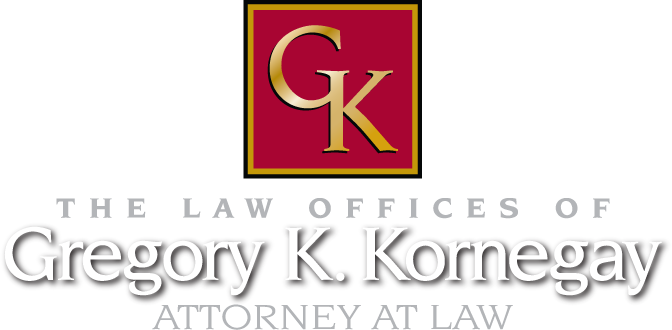Chapter 13 Bankruptcy – 10 Steps
There are 10 basic steps involved in a Chapter 13 case. After collecting the appropriate information, your Wilmington bankruptcy attorney will determine if Chapter 13 is appropriate.
1st Step – Paperwork
You must complete the paperwork to get your case started the right way. The paperwork is needed not only to justify pursuing Chapter 13, but it is also needed in order to file an accurate petition. In order to file for Chapter 13 Bankruptcy, you must prove that you have enough regular disposable income to pay into a Chapter 13 Plan. “Income” means almost any kind of legitimate way of taking in money. Regular income includes unemployment compensation, disability income, welfare payments, social security benefits, pension income, alimony, maintenance or child support, income for odd jobs and income from a non-filing spouse. Under Hamilton v. Lanning, 130 S.Ct. 2464, (2010) the U.S. Supreme Court held that “when a bankruptcy court calculates a debtor’s projected disposable income, the court may consider changes in the debtor’s income or expenses that are known or virtually certain at the time of confirmation.” The “means test” must show enough income left over, after subtracting certain expenses and deductions, for you to pay a portion of your unsecured debts (credit card debts, medical bills, etc..) over a 3-5 year period of time. If both you and your spouse are filing for bankruptcy, both of your incomes are counted. If you are filing by yourself then your spouse’s income will be included, but there will be setoffs. Not having enough disposable income is one of the main reasons why a debtor may not be able to file Chapter 13. The paperwork you complete forms the basis for the bankruptcy petition that will be filed with the court.
In addition to the regular Chapter 13 paperwork, a Chapter 13 plan must be put together before the case can be filed. The Chapter 13 “plan”, also known as the “repayment plan”, is a written framework as to how and to what extent you are going to repay your creditors. The debtor is given leeway in formulating the plan with a few mandatory requirements. Each Federal District within North Carolina has their Chapter 13 Model Plan.
Chapter 13 Model Plan for the Eastern District of North Carolina
2nd Step – Credit Counseling
Before a Chapter 13 can be filed, you will need to obtain credit counseling from an approved company. The counseling will help you learn whether you really need to file for bankruptcy or whether you can do a repayment plan with your creditors. The counseling can be done by phone, on the Internet, or in person.
List of Approved Companies Offering Credit Counseling
3rd Step – Bankruptcy Petition and Chapter 13 Plan is Filed Electronically with the Court
The bankruptcy petition is a written representation of your assets, liabilities, and debts. It tells your creditors and the Court what you intend to do with your debts. The Chapter 13 “plan”, also known as the “repayment plan”, is a written framework as to how and to what extent you are going to repay your creditors. The debtor is given leeway in formulating the plan with a few mandatory requirements. If the Chapter 13 Plan is not filed with the petition, then it must be filed within 14 days after the filing of the petition.
4th Step – Automatic Stay is Issued by the Court
After the bankruptcy petition is filed, the Court issues an automatic stay, which is a court order to keep your creditors from contacting you. This means the collection calls and the collection letters will stop. The Clerk of Court sends a copy of this automatic stay to all your creditors. After receiving the order, your creditors are not supposed to try to collect on the debt – if they do try to collect on the debt, then they could be violating the Court’s order. Some things are not stopped by the automatic stay (i.e., criminal actions, domestic actions, certain tax debts, etc…).
5th Step – Start Making Payments Under the Ch 13 Plan Within 30 days After Filing
Within 30 days after you file for Chapter 13 bankruptcy, you must make the first payment to the trustee. This is the payment that you have proposed in the Chapter 13 plan that was filed with the petition. Why do you have to make the payment so soon after filing? To show that you mean business – to show that you can make the payments in the future. It is very important that this first payment be made on time. If you do not make your first payment on time, it is possible that your case could get converted to a Chapter 7, be dismissed, or your Chapter 13 plan could get denied (i.e., not confirmed).
6th Step – Financial Management Course Must be Taken
Before you can obtain a discharge from your debts, you must complete a financial management course by an approved company after you have filed your Chapter 13 bankruptcy case. You will receive notice of when this course will be held. After completing the course, a certification of completion is issued. The certification of completion must be filed with the Court or your case can be closed without a discharge.
7th Step – Creditor’s Meeting (341 Meeting)
Around a month after you file for Bankruptcy, there will be a meeting of the creditors in your case. You must attend this meeting and the creditors have a right to show up and ask you questions about your property, however, most of the time the creditors do not appear at the meeting. You will under oath and must testify truthfully about your income, property and expenses. The Chapter 13 trustee will ask about the Chapter 13 plan provisions and will make an initial determination as to whether the plan can be confirmed. The trustee will normally ask the debtor if he or she understands how much they will have to pay each month under the plan. The trustee will normally ask the debtor if he or she understands which creditors will be paid under the plan. The trustee will also want to know if all tax filings are current and if there are any “domestic support obligations (DSOs).” If things look ok to the trustee, the questions will probably only last a few minutes.
7th Step – Chapter 13 Trustee Sends Out Motion for Confirmation of Plan
If the 341 meeting went well, the Trustee will send out a motion to have the Chapter 13 Plan confirmed. In general, creditors have 30 days to object to the Chapter 13 Plan after the Trustee sends out the motion to confirm the Plan. If there is no objection filed, the plan is confirmed and becomes binding on creditors. If a creditor has filed an objection to your Chapter 13 Plan, then a hearing concerning the confirmation will have to be held. The creditor’s objection may relate to the amount you are offering to pay them or the objection may relate to the value you have placed on property or some other issue concerning the creditor’s claim.
8th Step – Within 90 Days After the Meeting Of Your Creditors, Proofs of Claim Are Filed
All of your creditors (except government entities) must file proofs of claim within 90 days after the first date set for the creditors meeting. These are documents that state how much you owe your creditors. A creditor must file a proof of claim if they want to be paid back in your Chapter 13 repayment plan.
9th Step – Within 180 Days After Case Is Filed, Government Entities Must File Proofs of Claim
If a government agency has a claim against you, they have 180 days after the filing of your case to file proofs of claim. The most common agency to do this would be the IRS or State Department of Revenue.
10th Step – After Final Payment (After 3-5 years), You Will Receive A Discharge
Under a Chapter 13, you will be under either 3 year plan or a 5 year plan depending on your income. After you make your last payment under your repayment plan, you will receive a formal discharge notice from the court. Please remember, you must complete an approved financial management course before you can obtain a discharge.
What Our Clients Say:
Member:

Attorney Gregory Kornegay
Greg is a trial attorney in Wilmington with over 30 years of experience. Greg was born and raised in southeastern North Carolina. Before law school he managed a store with employees making a payroll every week. His first job out of law school was as an Assistant District Attorney investigating and trying cases for the State of North Carolina. Through the years he has handled many different types of cases – including death penalty cases.
Being married with children has been a blessing and a challenge, but has served him well in understanding the problems individuals and families face as they live out their lives. Greg believes that each case is different and the needs of each client are unique, but there are certain themes of life that we all share.


